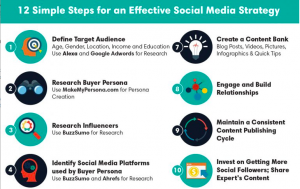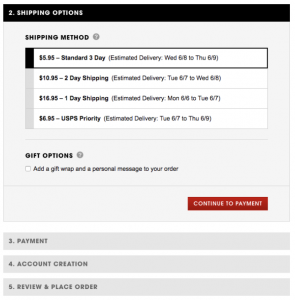All around the world, millions of people are watching videos about everything from cats to cars, marketing to machines, so it makes sense that marketers are clamoring to be part of the video frenzy in 2015. There’s been a lot of talk about how to create a YouTube video strategy that works, but little talk about how you can create videos that appeal to an international audience.
Considering that 80 percent of YouTube traffic comes from outside the U.S., that’s a little surprising. There’s a huge audience for brands to tap, as long as they are willing to put in the time and effort to think about how to create content that will appeal to target foreign markets.
YouTube is already the second most popular search engine in the world behind Google, and some research shows that videos can help increase viewers’ understanding of a product by up to 74 percent. So if you’re a technology or manufacturing company with a complex product, especially one where customers require support, videos can be a great channel to help break down the benefits of the solution.
Video marketing is still in its infancy, but there are some definitive strategies brands can use to connect with international viewers and build a global-local YouTube strategy. Here’s how:
1. Monitor Video Analytics.
YouTube offers marketers a fairly comprehensive dashboard of video performance. You can drill down into minutes watched, average length of video views and, most importantly, the country of origin of your viewers.
This latter statistic can help inform video marketing strategies. If you see that a lot of traffic is coming from Brazil, start thinking about how to best appeal to viewers from that country. And that starts with localizing the content you already have that seems to be performing well among that audience.
2. Localize Existing Content.
One of the major concerns for companies that are building localized collateral – whether it’s a website a brochure or a video – is budget. For most businesses, it’s not realistic to rebuild everything from the ground-up when breaking into a new market. Instead, existing websites and brochures and videos can all be localized.
If you already have video content on YouTube, take some of the top-performing pieces and localize them by adding a voiceover and muting the other audio. If you don’t have many videos, you can do this with recorded webinars and presentations as well.
A dubbed video works better than subtitles, because subtitles in some languages can turn out to be very long, running off the screen and not keeping up with the scenes as they change.
3. Add the Localized Videos to a New Channel.
YouTube viewers can subscribe to a brand or a certain channel. Brands should use channels to help categorize videos, so viewers can quickly find what they want to see. Tutorials, product updates, company news and events should be split into different channels.
If you have a few localized videos, you could create a channel to host those as well, with the channels translated into the relevant category and country’s language.
4. Tag the Videos with Local Terms.
The biggest benefit to localized digital content comes from search engines. Prospects who are typing queries into search in their native tongue will immediately find the content that has been tagged with the most relevant labels.
To make sure your videos are visible, you should edit the video information, creating a localized summary and adding a number of localized tags. That will help position the content at the top of YouTube and Google searches.
5. Change the Call-to-Action.
Videos can drive significant traffic to a brand’s website. In fact, three-quarters of viewers will visit the company’s website after viewing a video. Don’t forget to change these calls-to-action, so they lead to a good next step for overseas viewers. Ideally, the URL should link to the localized website.
6. Have a Plan for Future Content.
People are only going to watch videos that are most useful to them – whether they help them understand a product or a concept. Keep this in mind as you build out an international YouTube strategy. What are viewers from another target market going to want? How can the content sync up with your other campaigns and initiatives in the region?
Going Local, Internationally
If you want to build a YouTube presence in a new country, it’s not a matter of making the video accessible across every market. It’s a matter of creating videos that are relevant and localized to specific regions. YouTube can boost brands to prominence and help inform prospects and customers about new products and services. But there’s also a lot of noise – in the form of cat videos – that makes it difficult for companies to make a lasting impression. Only by really creating content that communicates to viewers’ immediate needs – in their preferred language – can businesses ensure that viewers will not just engage with the video, but with the company.
(371)
Report Post






